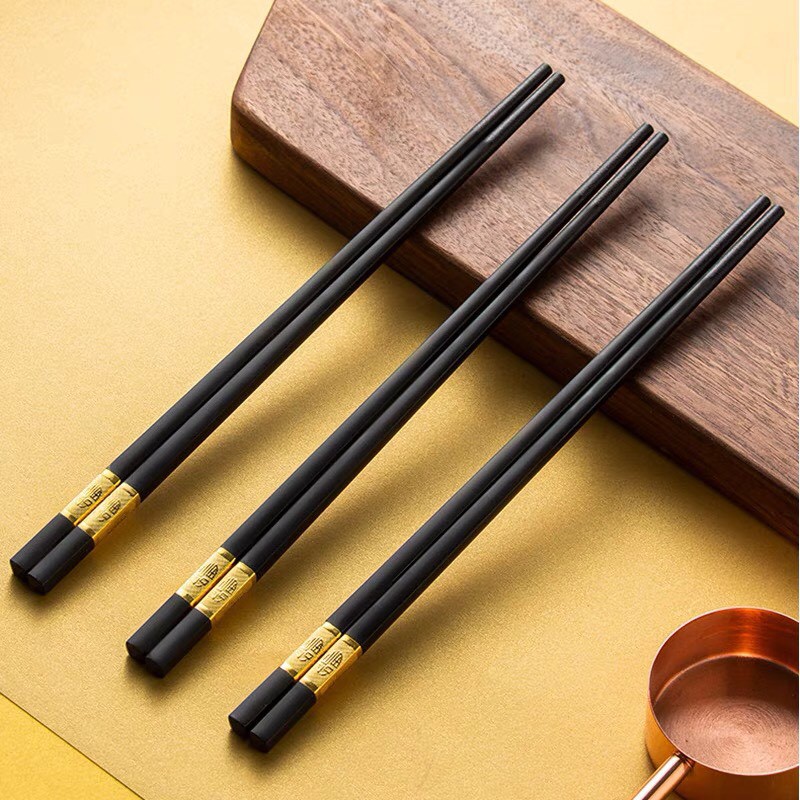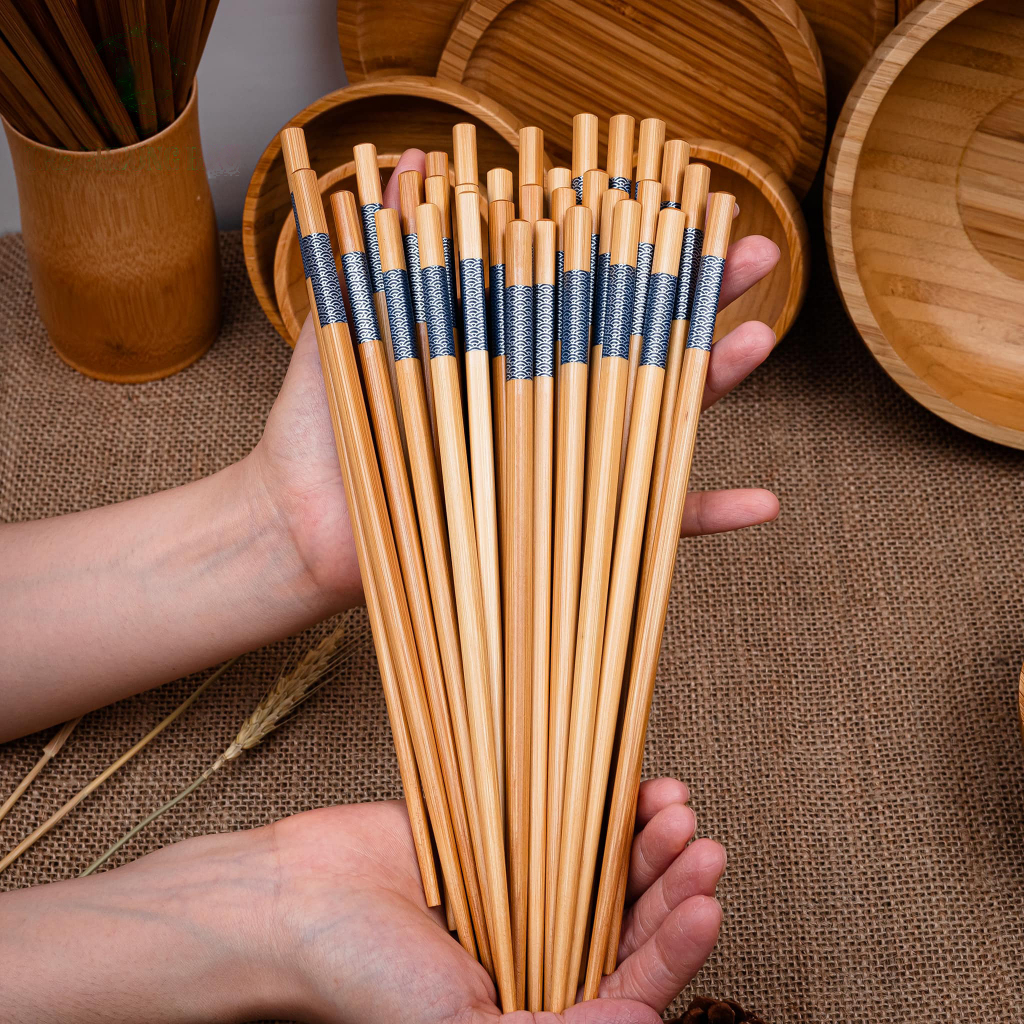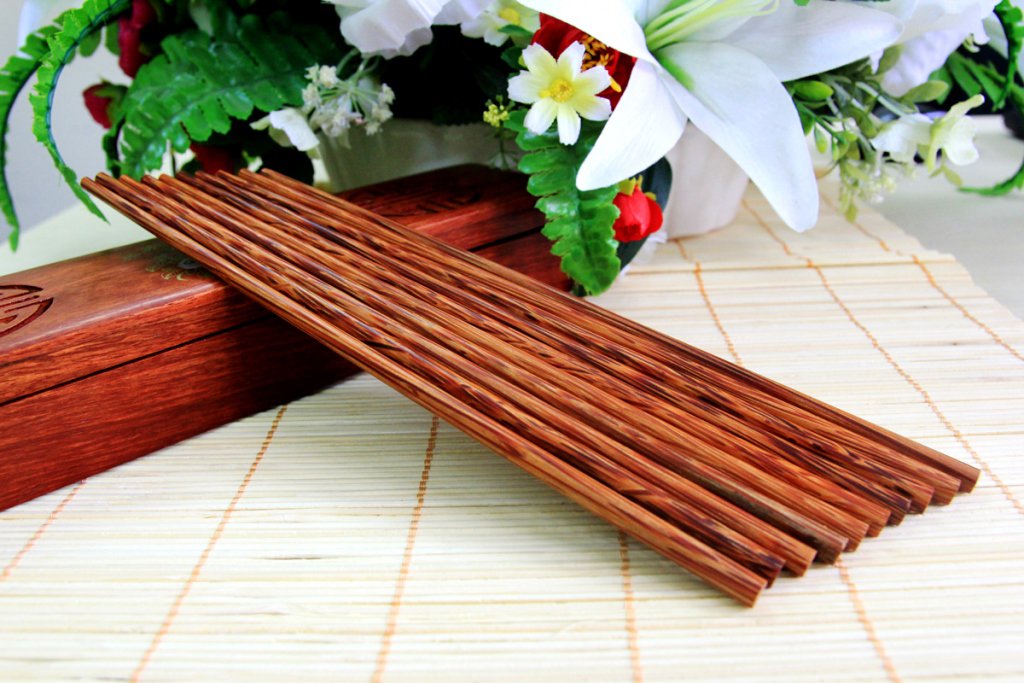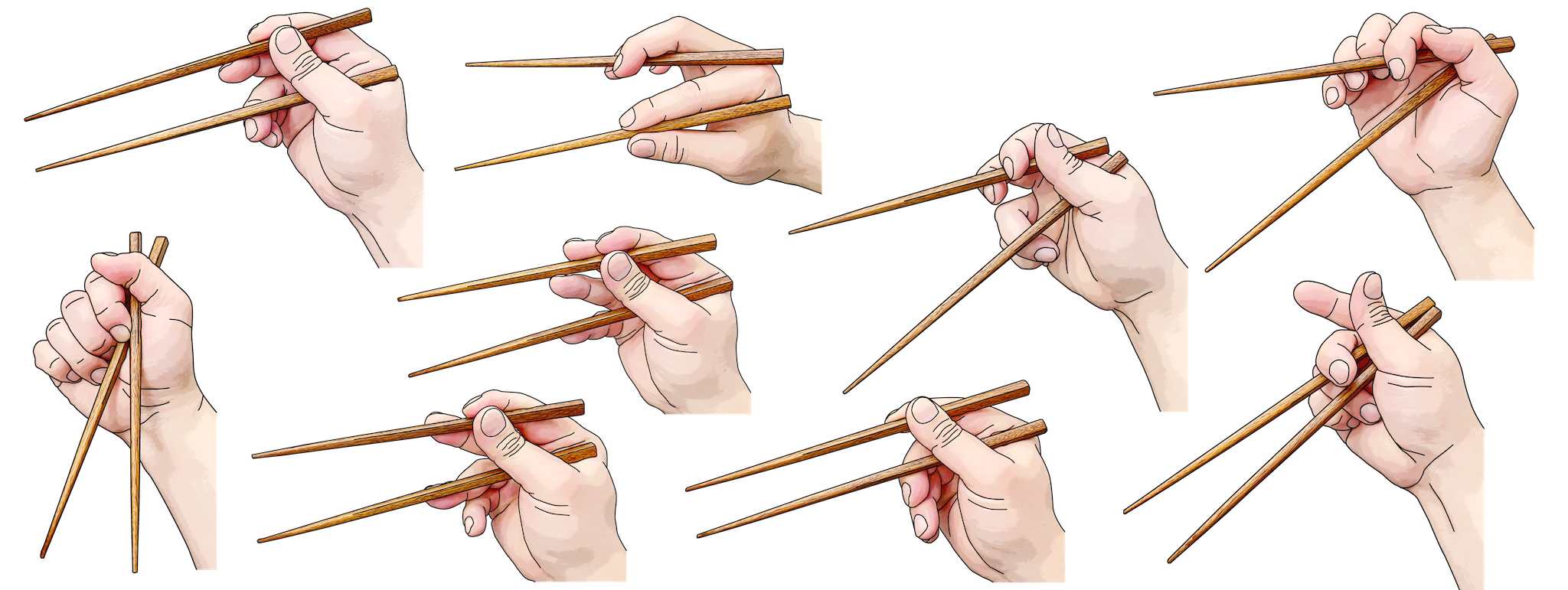
How to use Vietnamese chopsticks?
Chopsticks are an integral part of Vietnamese dining culture. This guide will equip you with the essential skills to confidently navigate a Vietnamese meal with grace and ease.

The advent of chopsticks in Vietnam and Asia
Chopsticks have a long and fascinating history in Asia, with their origins deeply intertwined with the development of cooking techniques and cultural exchange.
Early Origins in China:
- Ancient Use: While the exact origin remains debated, evidence suggests that chopsticks emerged in ancient China around 5,000 years ago.
- Cooking Tools: Initially, they were primarily used as cooking utensils, primarily for stirring and handling food during the cooking process.
- Gradual Shift: Over time, as cooking techniques evolved and food was cut into smaller pieces, chopsticks gradually transitioned into eating utensils.
Spread Across Asia:
- Cultural Exchange: As Chinese culture and cuisine spread throughout East Asia, so too did the use of chopsticks.
- Vietnam: Chopsticks arrived in Vietnam through cultural exchange and trade with China, particularly during the periods of Chinese influence in Vietnamese history.
- Adaptation: While influenced by Chinese usage, Vietnamese chopsticks developed their own unique characteristics, reflecting the specific needs and preferences of Vietnamese cuisine.
Significance in Vietnamese Culture:
- Everyday Life: Chopsticks are an integral part of daily life in Vietnam, used for eating a wide variety of dishes, from rice and noodles to stir-fries and soups.
- Cultural Symbol: They hold cultural significance, representing elegance, grace, and dexterity.
- Social Etiquette: The proper use of chopsticks is considered an important social skill, reflecting good manners and respect for others.
Modern Day:
- Continued Use: Chopsticks remain the primary eating utensils for most Vietnamese people, both in everyday life and at special occasions.
- Evolution: While traditional wooden chopsticks are still widely used, modern materials like metal and plastic have also become popular.
The advent of chopsticks in Vietnam is a testament to the enduring influence of cultural exchange and the adaptation of culinary practices across different societies.
Types of Vietnamese chopsticks
The type of chopsticks used in Vietnam reflects the diverse materials and cultural influences that have shaped the country’s culinary traditions.
Bamboo Chopsticks:

- These are the most prevalent and traditional type, readily available and deeply ingrained in Vietnamese culture.
- Bamboo, a readily available and sustainable resource, has been used for centuries to craft chopsticks.
- The simplicity and naturalness of bamboo chopsticks align with the Vietnamese aesthetic, emphasizing natural materials and understated elegance.
Wooden Chopsticks:

- Beyond bamboo, other types of wood are also used, such as coconut wood, betel palm wood, and various fruit woods.
- These chopsticks often feature more intricate designs, with some adorned with delicate carvings or lacquer finishes.
- The choice of wood can vary regionally, reflecting the availability of different types of trees in different parts of the country.
Metal Chopsticks:

- Stainless steel or silver chopsticks are becoming increasingly popular, particularly in urban areas.
- They offer several advantages:
- Durability: Metal chopsticks are more durable and resistant to wear and tear than wooden ones.
- Easy to Clean: They can be easily washed and sanitized, making them hygienic and convenient for everyday use.
- Modern Aesthetic: Metal chopsticks often have a sleek and modern look, appealing to contemporary tastes.
Plastic Chopsticks:

- Lightweight and disposable, plastic chopsticks are commonly found in fast-food restaurants and street food stalls.
- While convenient, their environmental impact is a concern.
Lacquered Chopsticks:
- Wooden chopsticks are often coated with lacquer for added durability, protection, and aesthetic appeal.
- Lacquer creates a smooth, glossy finish and can be used to add decorative elements such as colors and patterns.
This variety of materials reflects the adaptability and evolving nature of Vietnamese chopsticks, as they continue to adapt to changing lifestyles and preferences while maintaining their deep connection to tradition.
Beyond the materials, the length and shape of chopsticks can also vary slightly, reflecting regional preferences and individual styles. This overview highlights the diversity and significance of chopsticks in Vietnamese culture, showcasing how they have evolved over time while remaining an essential part of daily life and culinary traditions.
How to use chopsticks?

1. The “Anchor” Chopstick:
- Hold one chopstick stationary like a pencil, resting it against the side of your ring finger.
- This chopstick will remain relatively still while you use the other to pick up food.
2. The “Moving” Chopstick:
- Hold the second chopstick between your thumb, index, and middle fingers, similar to how you’d hold a pencil.
- This is the chopstick you’ll use to move and grasp the food.
3. Picking Up Food:
- Close the Chopsticks: Gently close the “moving” chopstick towards the “anchor” chopstick, using your thumb and index finger to guide it.
- Grip the Food: Once the chopsticks are close together, gently grip the food item between the tips.
- Lift and Enjoy: Carefully lift the food to your mouth and enjoy!
Tips for Beginners:
- Practice Makes Perfect: Start with small, easy-to-grasp items like rice or noodles.
- Don’t Give Up: It may take some practice to get the hang of it, but don’t get discouraged!
- Watch and Learn: Observe how others use chopsticks and try to mimic their movements.
Important Note:
- Respectful Use: Avoid using chopsticks for anything other than eating.
- Never point chopsticks at people: This is considered rude in many Asian cultures.
- Don’t stab food with chopsticks: This is also considered impolite.
With a little practice, you’ll be using chopsticks like a pro in no time!
See also: The Symbolism of the Vietnamese Flag
Usage of chopsticks in Vietnamese daily life

1. Everyday Dining:
- Primary Utensil: Chopsticks are the primary tool for consuming most meals, from rice and noodles to stir-fries, soups, and even some desserts.
- Communal Dining: Vietnamese meals often involve sharing dishes, and chopsticks facilitate this communal experience.
- Versatility: Chopsticks are used for picking up, maneuvering, and even stirring food in bowls or plates.
2. Cultural Significance:
- Skill and Grace: Proficiency in using chopsticks is considered a mark of skill and grace, often taught to children from a young age.
- Social Etiquette: Proper chopstick usage is an essential aspect of social etiquette, reflecting respect for others and cultural norms.
- Connection to Tradition: Using chopsticks connects individuals to Vietnamese culinary traditions and cultural heritage.
3. Beyond Eating:
- Cooking: Chopsticks are also used in cooking, for tasks such as stirring, mixing, and turning food.
- Household Chores: In some cases, chopsticks can be used for minor tasks around the house, such as picking up small objects.
4. Chopstick Etiquette:
- Respectful Use:
- Avoid pointing chopsticks at people.
- Refrain from stabbing food with chopsticks.
- Don’t drum on the table or play with chopsticks.
- Avoid sticking chopsticks vertically into a bowl of rice (it resembles incense sticks used in funeral rituals).
5. Cultural Symbolism:
- Unity and Togetherness: The use of chopsticks at a shared meal symbolizes unity and togetherness within the family or social group.
In essence, chopsticks are more than just eating utensils in Vietnam; they are an integral part of daily life, reflecting cultural values, social etiquette, and a deep connection to culinary traditions.
